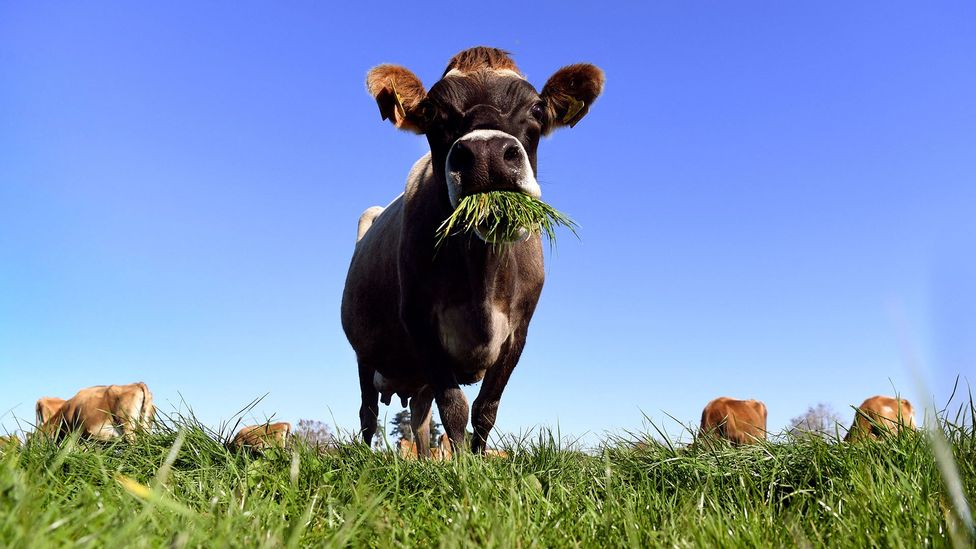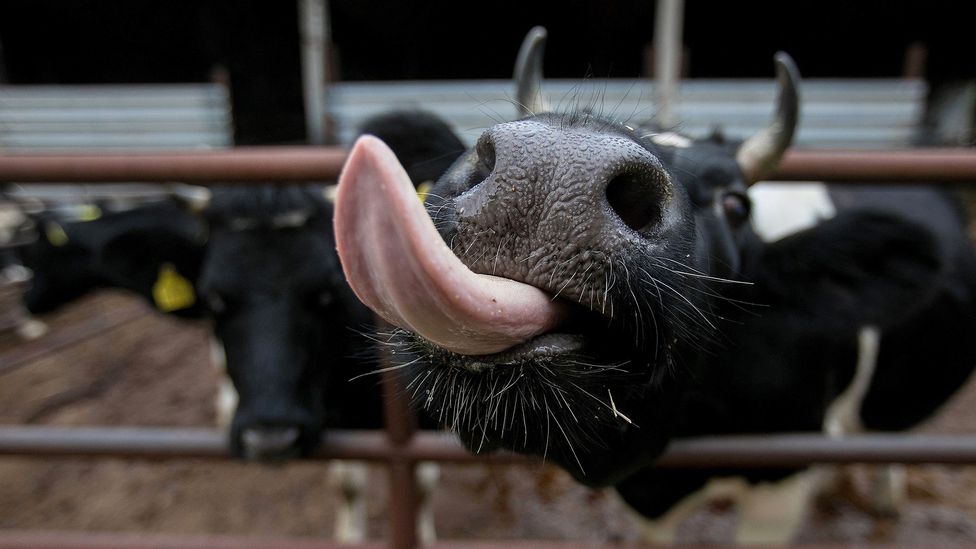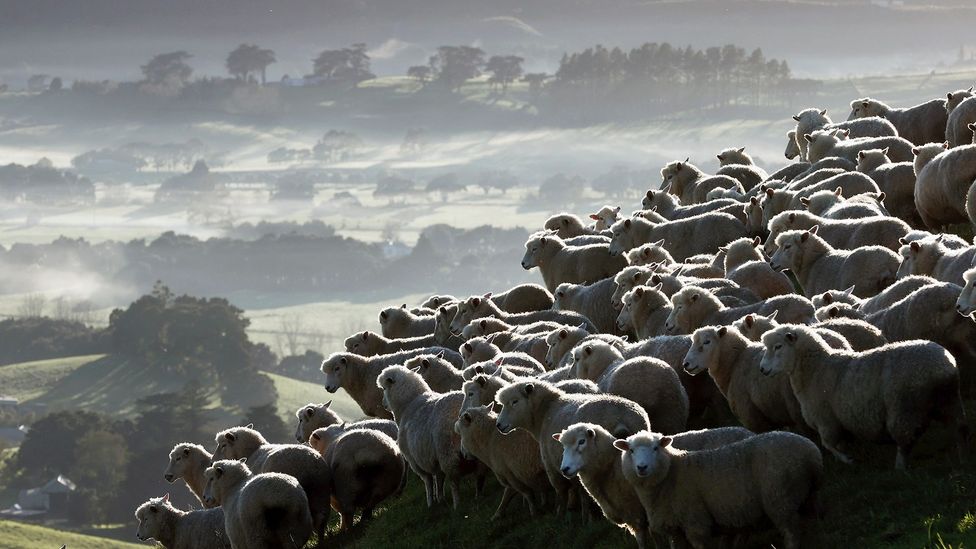Without a pricing scheme, will New Zealand be able to reach its methane reduction targets? “New Zealand’s history would suggest no,” says Kerr.
In 2021, emissions from the agriculture sector dipped by 1.5%, in part due to fewer sheep and cattle. But it’s a tiny blip after almost a decade of a stubborn plateau, and not necessarily enough to indicate a new trend, says Kerr. “Improvements in lowering emissions have been offset by increased levels of production,” she says. “Even if they’re beginning to fall in some places, they’re not falling nearly fast enough.”
In advice released this week, the Climate Change Commission warned that New Zealand is not on track to meet its overall emissions reduction targets. For methane, the commission writes: “Existing policies alone… would not result in adequate biogenic methane reductions to meet the 2030 target.”
In order to achieve a 10% methane reduction by 2030 and reach the longer-term 2050 target, the commission emphasised that agricultural emissions pricing from 2025 will be “key” and a “necessary tool”. New tech, diversifying land use, and increasing on-farm efficiency will also play a role in the 2030 target, according to the commission.
Breeding low-methane animals, along with the development of methane inhibitors and vaccines, will help New Zealand meet its long-term climate goals, the commission notes.
The analysis was conducted in October 2023, before the election resulted in a change of government and new policy direction. While the new climate change minister welcomed the advice and has affirmed the government is “steadfast” in its commitment to the Paris Agreement, several keystone climate policies are set to be discarded or delayed – like the agricultural pricing scheme. The shift has attracted criticism from environmentalists for relying on technological works-in-progress, rather than proven interventions to reduce agricultural emissions. It will be up to the new government whether they heed the commission’s advice.
If the country fails to meet its agreed emissions reduction targets under the Paris Agreement, it may need to spend billions of dollars on overseas carbon credits to offset its climate pollution, including the methane-laced breath of farm animals.
Leahy says reducing methane in line with the official targets will be “challenging”. But she remains optimistic. She used to give presentations and tell the audience that she wasn’t even sure it would be possible to reduce the methane brewed in an animal’s gut. “Fast forward to today, and yes, there is sheep breeding, yes, there are inhibitors, yes, there are some feeds. These are all coming. And hopefully more,” she says.






























